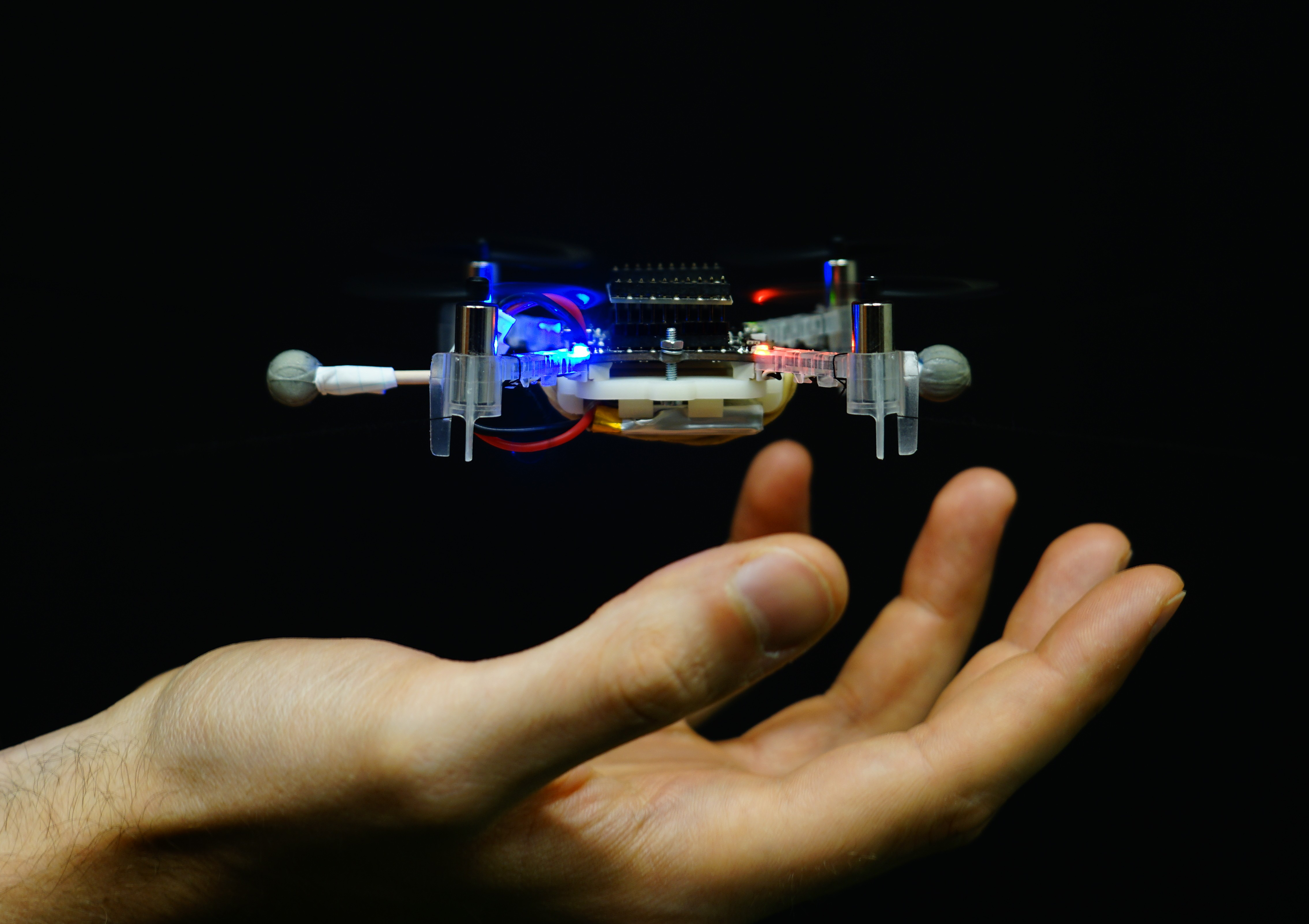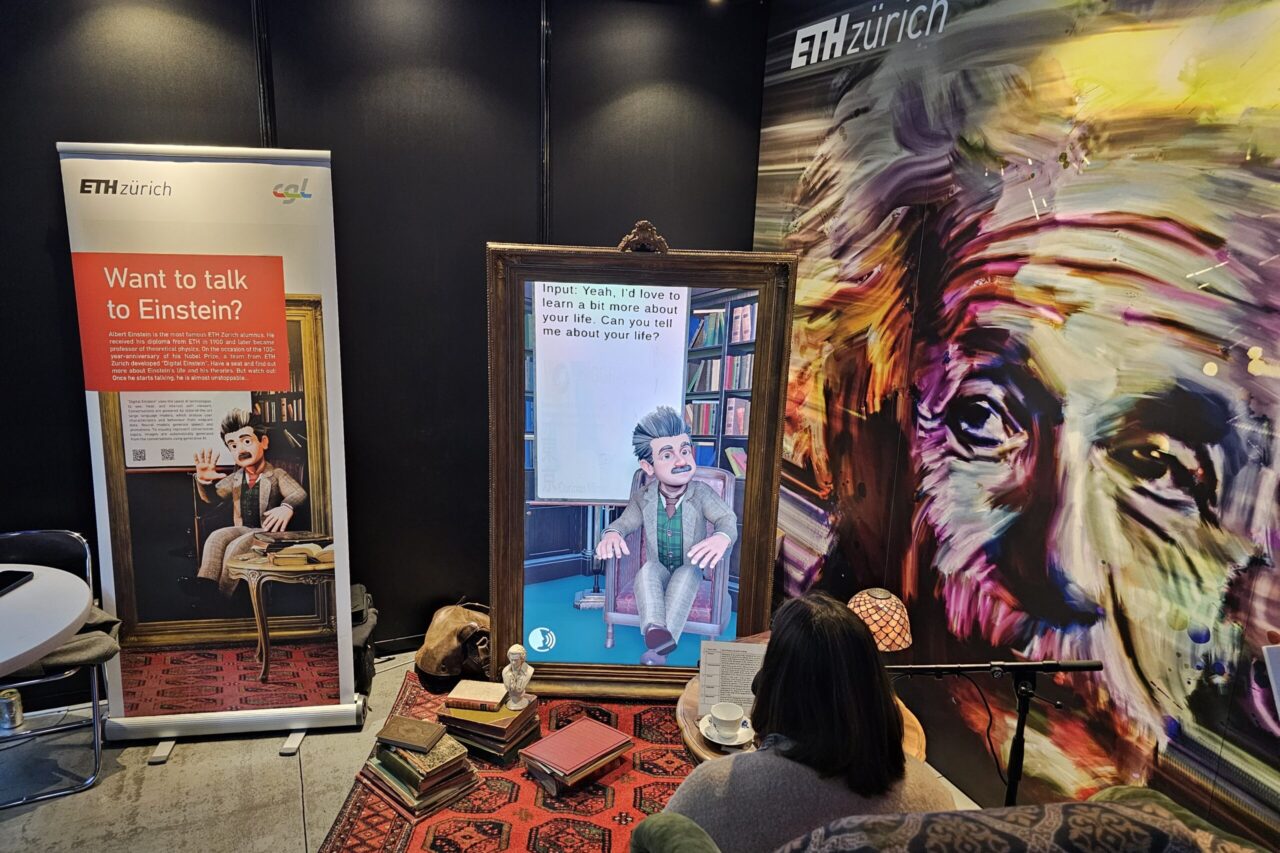Interacting with drones teaches students the importance of control algorithms, so they can go on to make aerial vehicles that can carry out complex tasks.
When Crazyflie drones go crazy, bachelor students learn how important proper programming is. Because otherwise those quadcopters, the size of a palm of a hand, crash. For real, not only in theory. “The interaction with an actual drone is very beneficial when learning about control theory,” says Paul Beuchat.
In five consecutive semesters the doctoral student at the Automatic Control Lab delivered the hands-on quadcopter control course to bachelor students at the ETH Department of Information Technology and Electrical Engineering. “Considering the control algorithm is the focus of the course, students develop a much stronger connection to the design of their algorithm when they have the opportunity to interact with its embodiment in the form of a Crazyflie”.
When Crazyflie drones go crazy, bachelor students learn how important proper programming is. Because otherwise those quadcopters, the size of a palm of a hand, crash. For real, not only in theory. “The interaction with an actual drone is very beneficial when learning about control theory,” says Paul Beuchat.
In five consecutive semesters the doctoral student at the Automatic Control Lab delivered the hands-on quadcopter control course to bachelor students at the ETH Department of Information Technology and Electrical Engineering. “Considering the control algorithm is the focus of the course, students develop a much stronger connection to the design of their algorithm when they have the opportunity to interact with its embodiment in the form of a Crazyflie”.





